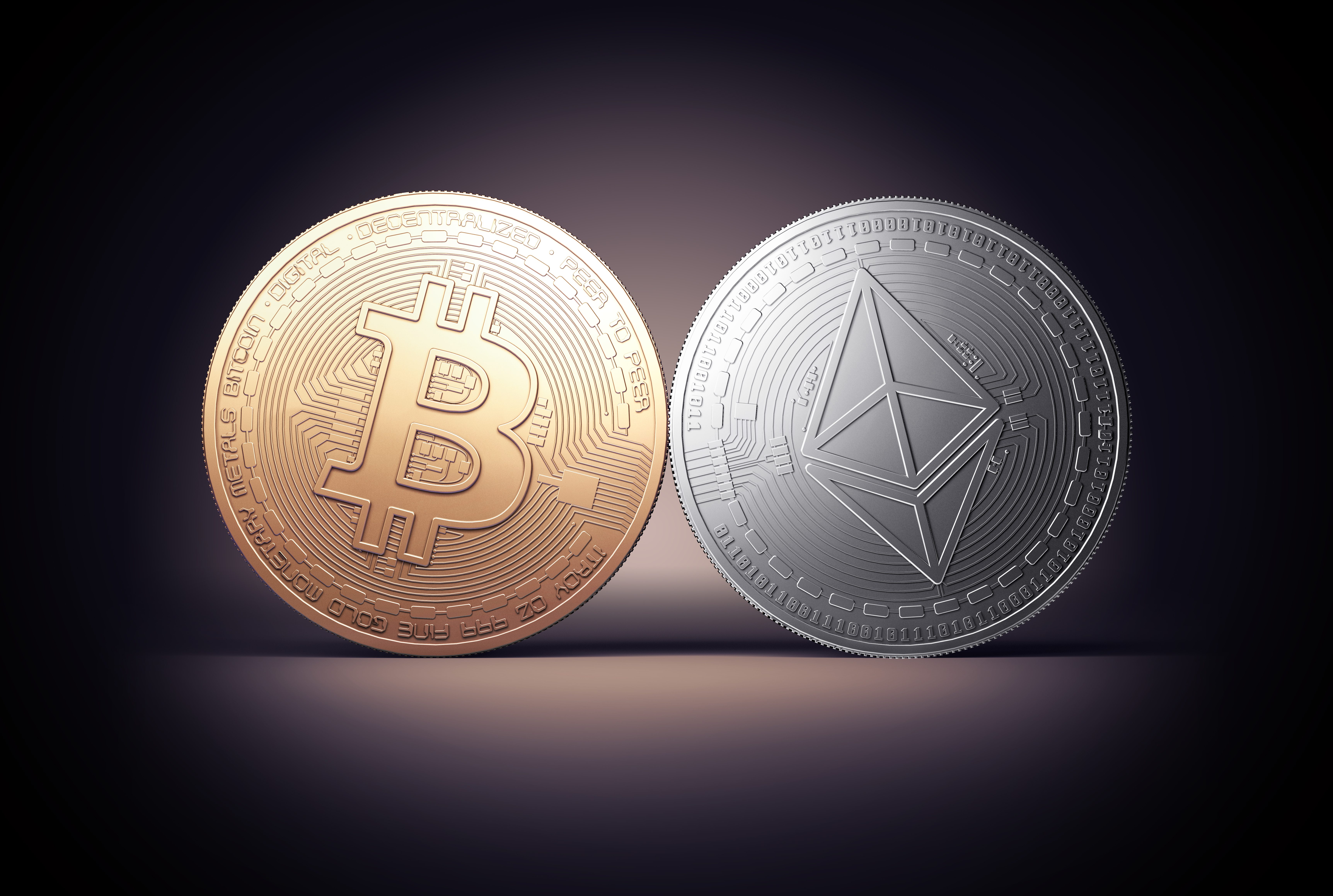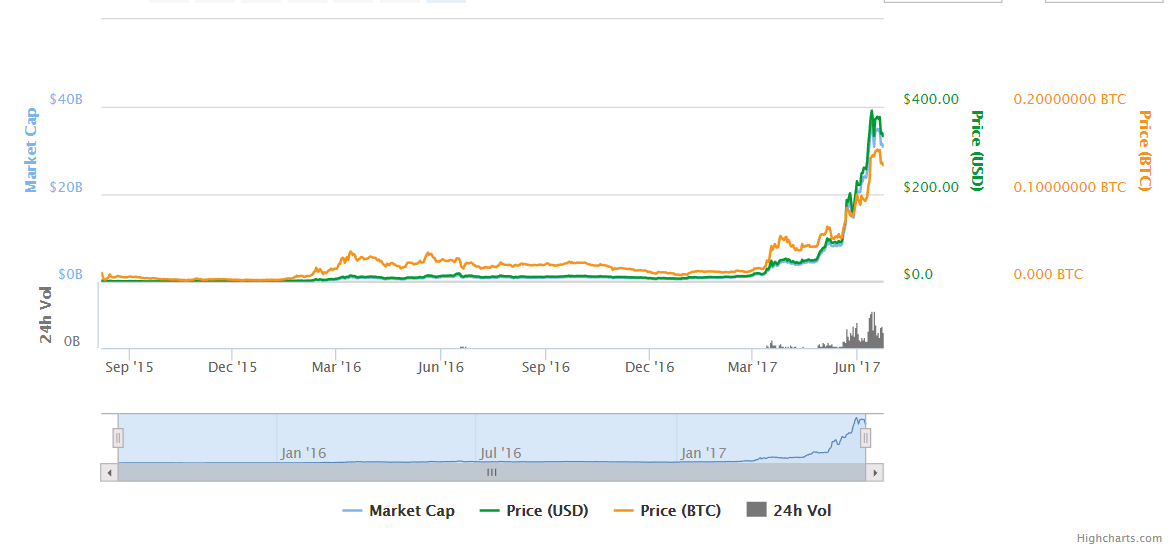GTX 1070 Prices Soar Alongside The 'Ethereum' Cryptocurrency
The rise of a new cryptocurrency, Ethereum, is giving system builders and gamers a case of deja vu. Graphics card prices are once again soaring as people rush to invest in the new platform, just like they did when the Bitcoin-mining gold rush reached its peak back in 2013.
Currently, the middle of the GPU market has been most affected. A key example of this is Zotac’s GeForce GTX 1070 AMP! Edition, which ran on sale for around $330 roughly three weeks ago. The price tag has now jumped to $530 on Amazon. A few GTX 1070s from other OEMs have seen smaller jumps, such as Asus’ GTX 1070 Strix, which currently retails for $430 after mail-in rebate, but most now sit above $500.
Nvidia’s high-end GPUs, such as the Nvidia GeForce GTX 1080 and Nvidia GeForce GTX 1080 Ti, currently remain unaffected. This puts Nvidia’s GeForce GTX 1070 dangerously close to the company’s GTX 1080 in price--Asus, Gigabyte, MSI, PNY, and Zotac all have GTX 1080 cards that retail for between $500 and $520. Several GTX 1080 GPUs currently cost less than many GTX 1070s, which effectively removes any reason to buy a GTX 1070 at this time.
Nvidia GeForce GTX 1060 GPUs have been somewhat less affected by the resurgence of cryptocurrency mining, but nonetheless, their prices have also jumped by roughly $100. Lower-end cards, such as the GTX 1050 and GTX 1050 Ti, have been unaffected thus far. The price on some of AMD’s RX 570 and 580 GPUs has also increased, but by a much smaller margin. This matters little, however, as many retailers are completely sold out of both AMD GPUs.
Although low-end GPUs from both companies have not been affected yet, this could change soon due to the GTX 1070's rising prices. Mid-level GPUs are often the most attractive for cryptocurrency miners because they balance efficiency and performance in affordable packaging. Now that prices have increased so much, however, new cryptocurrency miners are likely to grab low-end cards as inexpensive alternatives. This could lead the price of those cards to increase as well.
Anyone who's been in the PC industry for at least a few years will recall a similar event happening when Bitcoin reached its peak. Ethereum, which started back in 2015, has really taken off in the last few months, as it climbed from a value of $10.86 per Ether on February 2 to $340.33 per Ether on June 22. It's not hard to guess why more people might buy GPUs to mine Ether now than they would have back in February.
As there are so many similarities between these two events, we suspect that it may take quite some time for prices to stabilize. Due to the recent increases in price and supply shortages, we recommend postponing GPU upgrades until prices have returned to normal if possible. Unfortunately, due to the nature of cryptocurrency, it is unpredictable how long it will take for prices to drop.
Get Tom's Hardware's best news and in-depth reviews, straight to your inbox.

